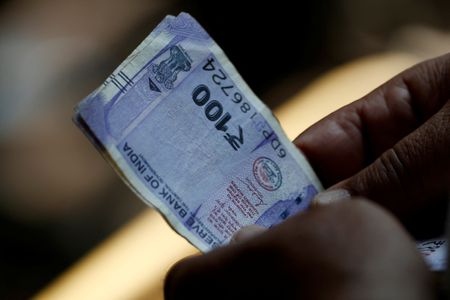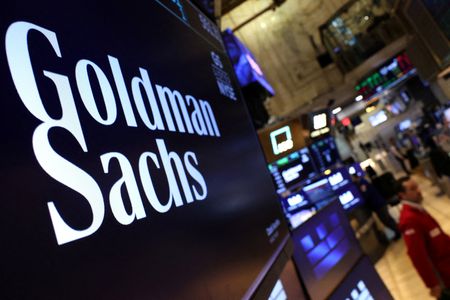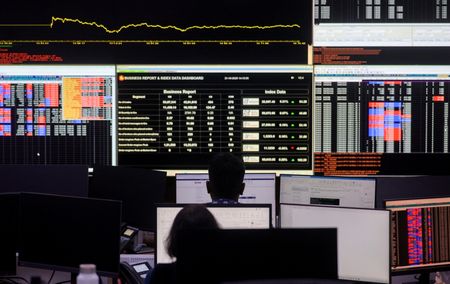By Jaspreet Kalra
MUMBAI (Reuters) -The Indian rupee clung to a narrow range in touching distance of its all-time low on Monday, as a broadly softer dollar amid improved risk appetite globally offered little comfort to the currency in face of persistent interbank dollar demand.
The rupee closed at 88.6975 against the U.S. dollar, down marginally from its previous close of 88.66. The rupee had hit its all-time low of 88.80 in late-September.
While the rupee found itself boxed in between dollar offers from state-run banks and persistent hedging demand, similar to recent trading sessions, its Asian peers were mostly up between 0.1% and 0.5%.
The dollar index eased 0.2% to 99.5, while global stocks gained on optimism that an end to the historic U.S. government shutdown was in sight.
India’s benchmark equity index, the Nifty 50, rose 0.3%, while Nasdaq futures were up 1.5%.
“While some might argue that the end of the shutdown could be a risk-on, dollar-negative impulse for the FX markets, its impact may be more mixed. Progress to end the shutdown may be felt more by risk-sensitive FX cross rates than the dollar,” analysts at ING said in a note.
An easing of dollar strength may help ease some of the pressure on the rupee, but traders don’t expect a meaningful turnaround in the absence of a U.S.-India trade negotiations breakthrough or a rebound in portfolio inflows.
Foreign investors have net sold about $1.5 billion of local stocks over November so far.
Analysts at Goldman Sachs though have upgraded Indian stocks to “overweight” from “neutral,” noting that a year-long earnings downgrade cycle appears to have bottomed out.
Their counterparts at HSBC, too, hold an “overweight” recommendation on Indian equities while also finding value in taking exposure to the rupee and the country’s 10-year sovereign bond.
(Reporting by Jaspreet Kalra; Editing by Harikrishnan Nair)











